At nearly every airport you’ll find aircraft that haven’t flown in years. Some are hidden in private hangars, some are stashed in the corners of maintenance shop hangars and some are ramp derelicts that are begging for rescue from the harsh elements. Is it worth getting involved with these neglected birds given the number of airworthy ones on the current market? The short answer is maybe, but only with the right approach and a healthy dose of realism. Hint: Seldom is there a great deal.
For this field report, we talked with owners who have endured the realities of rescuing a neglected aircraft and describe why it might and might not be worth the effort and investment risk.
Storage Matters
While it’s more common to find aircraft that haven’t moved in years sitting on outdoor tiedowns, you might stumble upon some hidden gems. Like classic car barn finds, it’s all about the preservation. Done right, long-term storage in a dry environment helps preserve the airframe and avionics, but even when impeccably preserved, don’t think you can fly the airplane out without careful inspection. Legally, you’ll need a ferry permit. See the November 2016 Aviation Consumer on the permit process.
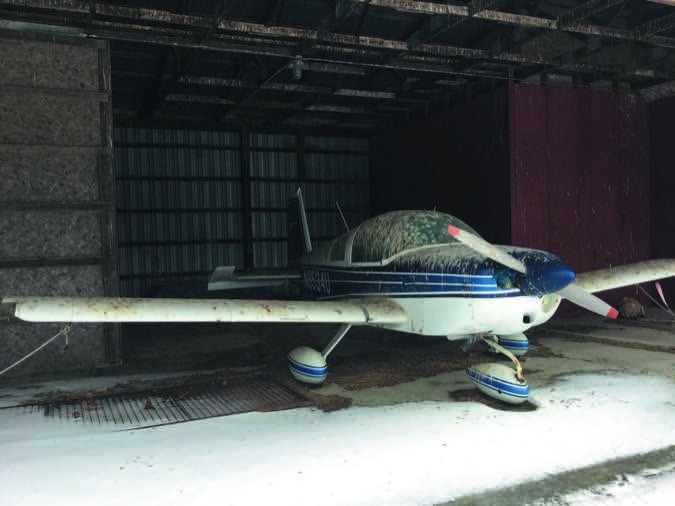
“If it’s hangared in a dry environment, you’ll still need to borescope the engine,” advises Robert McGuire, an A&P/IA with Mooney expertise. In the Mooney world, McGuire cautioned that it seldom makes sense to think you’ll save money with hangar rescues because you’ll likely spend up to $60,000 for even an older one with aging avionics. In general, he thinks you’ll end up spending tens of thousands of dollars to update the panel and maybe as much for airframe work only to find the engine needs to be rebuilt. “I’d say no, don’t do it,” he told us.
Accident reports may drive his counterpoint home. A Beechcraft Sierra that sat for 12 years on a ramp in Utah was recently purchased from an eBay listing. Two weeks later it departed, presumably for the first time (based on ATC communications), crashed a quarter mile from the departure end of the runway onto a city street and hit a car before catching fire. Thankfully no one was hurt and while the NTSB hasn’t released its final report (the preliminary is at tinyurl.com/ybvm8mls), the chatter in Beech type club communities prior to the sale was ripe with the unfortunate history of this airplane (none of which appeared in the eBay listing). There were some warnings of rotted fuel lines. But it isn’t all grim in the world of aircraft rescues. We heard plenty of success stories during our research.
It Can Be Done
No matter how upside down and jaded you become as a new owner of a neglected aircraft, there do seem to be some worthwhile takeaways from those who have succeeded in rescuing forlorn birds.
“It can be done. We did it 15 years ago with a Grumman Tiger,” says John Sjaardema, of Excel-Air Services in Rensselaer, Indiana. The shop bought the Tiger sight unseen in Arizona after the aircraft hadn’t flown in 15 years. Sjaardema concedes he didn’t make much money on the airplane—maybe $5000 profit—but it kept his staff busy during a slow winter. “Yes, we rescued it, but would I do it again today? For a Tiger, maybe, but I wouldn’t attempt that kind of restoration on a lower-end Traveler or AA-1, for example, because we’d never recoup the costs,” he told us. That’s the common thread we heard from nearly every expert we spoke with because for the most part, the serious restoration effort (and the expense) that’s often required of rescue aircraft might only make sense for planes with decent market value.
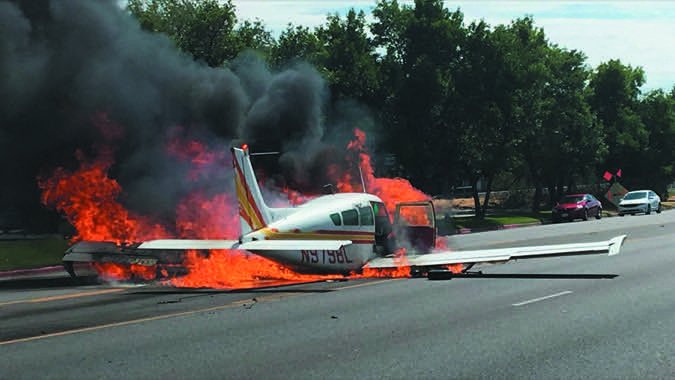
But aside from inherent value, perhaps the aircraft you have your eye on is uniquely configured. Sometimes it’s a pretty good score as it was for Curt Lindauer. But you have to be smart about it.
“My son was trying to finish the training for his private pilot’s certificate and asked if I wanted to get back into flying (after a 13-year hiatus) and partner in an airplane. Our budget was small and requirements were light, so we searched and searched,” Lindauer told us. Finally a 1975 Beech B24R Sierra that had a landing gear incident popped up on an internet search. The airplane had flown very little following the prop and engine overhaul, which was performed by the respected Penn Yan Aero. Lindauer—an A&P with IA—did what every buyer should and asked the broker for the aircraft and engine logbooks, plus detailed photos of the aircraft.
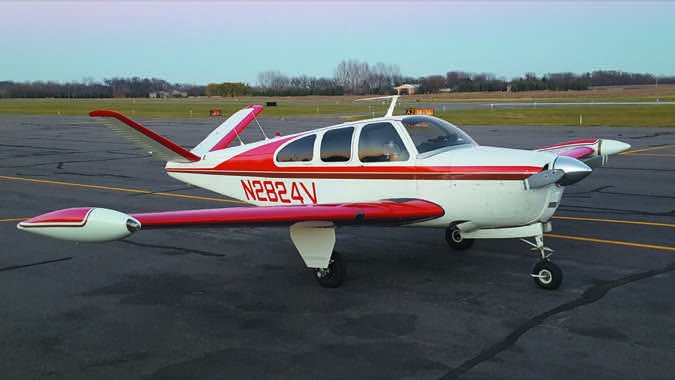
“We shot the broker a low-ball offer that wouldn’t end up killing us financially if there were surprises later on, and the seller accepted it,” Lindauer told us. He ended up having the airplane ferried to his location so he could perform the annual inspection, which ended up costing $2000. The father and son team ended up with a decent four-seat retrac with only 400 hours on the engine for around $40,000. That’s rare, though.
What Should You Pay?
Paying the right price for a rescue aircraft is definitely part of the equation. And for some planes, that price might be—or might need to be—zero. Larry Crowl managed to rescue a 1975 Cessna 177RG Cardinal, but only because it was given to him. The asking price wasn’t due to penny-pinching neglect. Crowl’s friend bought the Cardinal in 2003 and then he went through a string of serious health issues, which kept him and the airplane grounded for 10 years.
“I told him I’d love to buy the airplane and convinced him not to part it out. He said he’d give it to me on one condition: I send the engine to a reputable shop for rebuild, so that’s what I did,” Crowl told us. It wasn’t all roses, however. The Cardinal sat for two years outside and required the re-skinning of the tail because of bird infestation.
Crowl’s advice to the hopeful: “You have to find a trusted mechanic to join you in any aircraft rescue process, and add nearly 15 percent more than you’d like to spend on restoring it,” he said. You’ll also need patience because as Crowl noted, there will be times that you need a replacement part and it won’t be readily available.
Of course, the flip side of an amazingly low acquisition price (as in free) is paying full price. Why in the world would you do that? In some cases, the forgotten plane that sits rotting in a hangar or a tiedown might be the only plane you can fly. That was the case for Brian Estes, who rescued a 1978 Cardinal RG five years ago.
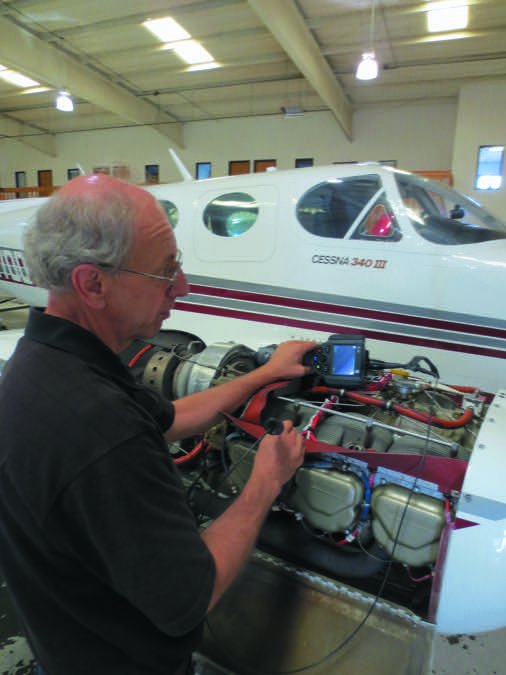
The mostly all-original airplane sat (hangared) for three years and Estes told the seller he would pay the asking price if he would fly the airplane to Estes’ own mechanic for an inspection.
“I bought it and completely rebuilt it, including the interior, engine, avionics and paint. It’s essentially a new plane,” said Estes. But why so much love after paying full price for something that’s been sitting for so long and needed so much work? “I’m paralyzed from the legs down and the Cardinal RG is the only airplane I can fly independently due to its enormous doors and high wing,” he told us.
There’s Some Luck Involved
How seminal is luck in this process? “I was definitely lucky,” says Tommy Kreuter, about his 1947 Bonanza he rescued from 14 years of slumber. Kreuter had just earned his private pilot’s certificate in 2010 and the wife of his father’s business associate was selling a hangar. The gentleman had dementia and thought he was still flying, but actually hadn’t flown in 14 years.
“I went to see what was in the hangar and in the back under a tarp was a 1947 Bonanza. I bought the hangar and then had the plane ferried 60 miles to my mechanic. It turns out the airplane was squawk free and after sitting all that time there were no rat’s nests and no ADs. It just needed a new battery and a double oil change,” Kreuter told us. It’s an interesting story. The engine had been overhauled in 1968 and received chrome cylinders. In addition, the remote oil tank check valve failed, allowing oil to flood the case, essentially pickling it. This Bonanza was owned by the same pilot since 1952 and lived in the same hangar all that time.
We asked Kreuter if he would rescue another plane, even though the next time he might not be so lucky. “Yeah, now that I know what to look for. It’s all random though and you really can’t be looking for a particular type,” he said.
Type Clubs: Worth It For Tech Data
The aviation equivalent of free actually exists and it’s called the type club. The low cost of joining one for full benefits, including access to technical resources—often around $50—could be your best investment before even embarking on a rescue project. How is this possible? Longtime pilots of a certain aircraft type—many of them A&Ps—know a thing or two about their planes and generally love to share experience and knowledge. The internet makes for easy access. In addition, type clubs have prebuy inspection lists that uncover relatively obscure things to look for during an inspection. And no, some critical ones aren’t always covered in an airworthiness directive or service bulletin.
As one example, some late-model Grumman Tigers (this is the AG-5B) have dissimilar metal corrosion rearing its ugly head through blistering rivets around the middle of the wing flaps. The metal strap that holds the flap was made of steel and the flap is made of aluminum. Over the years the two dissimilar metals react and start to corrode the flap. You would think there is a service bulletin or even an AD for this, but there isn’t. However, this issue does appear on the pre-inspection checklist available from the Grumman type club.
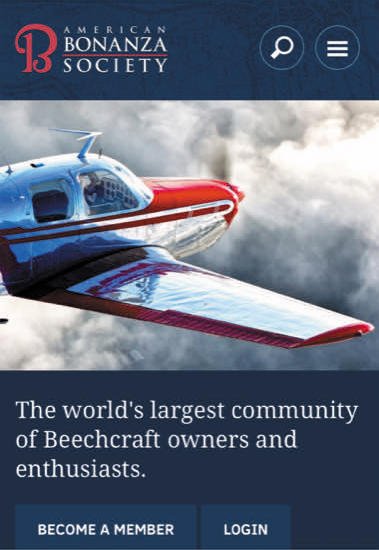
Another bacon-saving benefit to type clubs is the enduring relationships these clubs have with mechanics who specialize in the type. Not only might these shops be higher caliber (not always the cheapest, however), many are partners with the type club members. This means many are welcoming to owner-assisted annual inspections, they might host events at type club conventions and (time permitting) actively participate, answering questions from members on the type club web forums. Type organizations can also be a good source for training.
The American Bonanza Society offers its Beechcraft Pilot Proficiency Program (BPPP) free to all ABS members, although complimentary temporary memberships must be converted to a paid membership to participate. The BPPP has one of the better online training centers we’ve seen. For instance, the BPPP initial course focuses on aircraft systems and techniques for proper engine operation. The systems, procedures and techniques course consists of 13 go-at-your-own-pace training modules and includes short quizzes at the end of a module. Two of the programs that focus on fuel systems and engine failures have versions dedicated to certain models, including the Baron/Travel Air and Bonanza/Debonair. You can expand the online training to real-world flight instruction. ABS also offers type-specific training for experienced A&P mechanics in its ABS Maintenance Academy.
Last, use caution while using free type-club internet forums. They can be good resources for getting answers to lots of questions, but some technical content can be dated.
The Takeaways
What are the takeaways from these successful rescues? Partner with an A&P if you aren’t one because you’ll be relying on him or her a lot. Type clubs are a gold mine of help prior to a purchase, particularly the prebuy checklists available to members. And of course there’s opportunity to ask questions online about the condition of the plane prior to purchase—particularly how much it will cost to fix X, Y and Z. A running theme on successful rescues seems to be only consider planes that have been hangared 100 percent of the time and walk away from the varmints.
If you must have the plane that’s melted into the ramp, don’t even consider flying it—or hiring a ferry pilot to fly it—until it has been given an extensive annual inspection.
And probably most important (for your sanity) negotiate the price correctly. Think salvage value because some planes aren’t worth the aluminum they’re made of, no matter how unique or rare.
This is one area where you can’t compromise, considering you likely don’t know the condition of the plane beyond what you can see. Chances are good everything will need a thorough analysis, which by itself can cost thousands.
Mike Cagle, who has restored several Bonanzas, says the price has to be right. And to make sure it is, you really need to do a thorough prebuy with an independent mechanic.
“I should have done a much better prebuy on my current plane. I was still able to buy it below market value, but had I known how questionable a lot of the logbook entries were, I would have offered even less. I was rushing and didn’t do a good one. I regret that,” he admitted.
Contributor Peter Kuhns is a Grumman Cheetah owner looking for something a little faster with a little better useful load, but not necessarily a rescue project.


